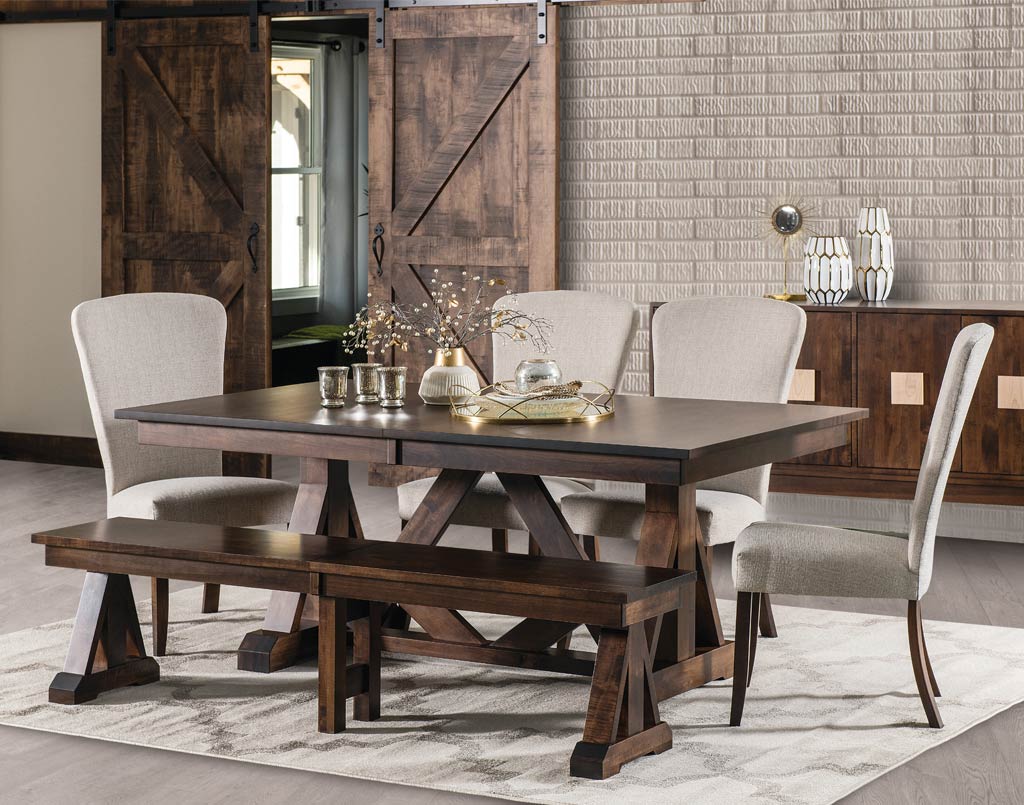
We believe in quality solid hardwoods
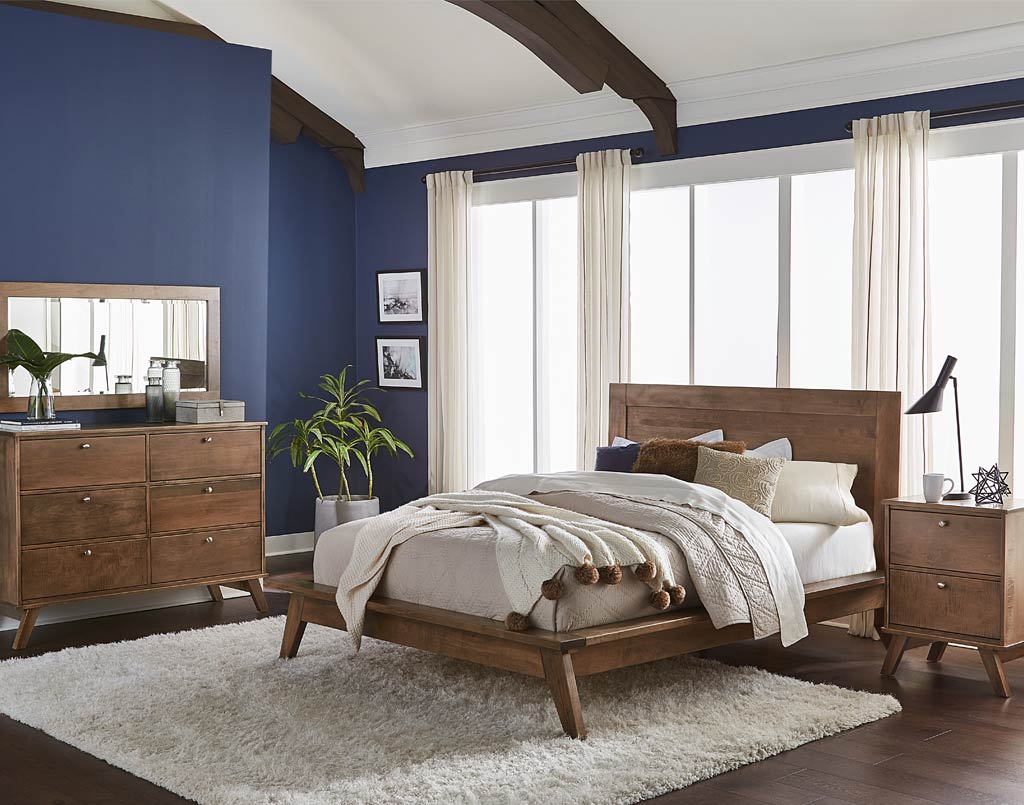
Solid Hardwoods
The unique characteristics of solid wood showcase nature’s beauty. Each tree has its own charm and grain patterns formed by its environment.
The cells of wood are mostly long and narrow, like small tubes or pipes, and extend up and down the tree. Through the sapwood, the sap is carried from its roots to feed the leaves.
After the wood has been cut, it must be dried, or seasoned. A living tree contains a great deal of water, thus when the wood dries, it shrinks considerably. It takes careful handling to properly dry lumber. Solid hardwoods will expand and contract with the changes in temperature and humidity; therefore, it is important to keep the humidity in the 35 to 45 percent range to avoid cracking or warping. Furniture made with solid hardwood can add a rich, warm and charming touch to your home. When properly cared for, it can be an heirloom for future generations.
01.
Red Oak
Red Oak is characterized by its orange reddish hue with the sapwood being white to light brown. The wood has a pronounced opened grain and is very durable with good wear-resistance. The stain absorbs into this open grain pattern becoming darker where the grain is close and lighter where the grain is more open. This is an ideal choice if you desire a warm look.
02.
Brown Maple
Brown Maple is a unique combination of brown, tan, white and cream streaks, and has a more rustic appearance. It is a softer wood so it is more prone to scratches and denting with heavy use. Brown Maple’s naturally soft grain best absorbs medium to dark stains and its smooth surface is ideal for painted finishes. Choosing a lighter colored stain will best showcase the natural range of grain colors in Brown Maple, while a darker stain will blend the grain colors better.
03.
Cherry
Cherry wood has a fine satin-smooth texture and a circular grain pattern. The heartwood of cherry varies from a rich red to reddish brown, while the sapwood is creamy-white in contrast. Over time it will darken with exposure to light and heat. The wood may also naturally contain brown pith flecks and small pit pockets. Along with small pit pockets Cherry can have what is known as mineral streaks that run throughout the wood. These show up as darker areas in the wood and are natural features of the wood; not defects. Because it is a softer wood, it is more prone to denting with heavy use. Cherry wood has a natural reddish hue and this warmth is intensified by all of the cherry stains. When stained, this fine grain has a very even-toned finish.
Cherry can be requested as Select Cherry in which builders will selective try to use more consistent boards. Select Cherry is never a guarantee but has a greater chance of having less pitch pockets and mineral streaks.
Sap Cherry
Cherry is also known for the sap that is prominent which can run throughout the wood. Sappiness found in the wood is very uncommon in clean Cherry but can appear is small spots. You area able to request specifically for sappy Cherry if desired. The sap that appears in the wood are very light streaks that go across the grain of the wood. This is not a sign of defective finishing but natural tones found in the wood itself.
04.
Quartersawn White Oak
Quarter Sawn White Oak has a unique grain pattern which is achieved by cutting the wood at a 90 degree angle to the tree’s growth rings. If you love furniture with texture, then Quarter Sawn is a great choice. This wood has a cooler white to sage undertone and is very durable with good wear-resistance. Because Quarter Sawn White Oak is cut at an angle, it exhibits a tight grain with dramatic light and dark tones. Quarter Sawn White Oak absorbs stains richly and evenly. The natural variation of color exhibited in the wood grain is enhanced with staining.
05.
Hard Maple
Hard Maple is one of the hardest domestic woods in the USA. Because of its hardness, it is very durable. The sapwood is creamy white with a golden hue and the heartwood varies from light to dark golden brown. The wood has a close, fine texture and a light circular grain pattern. The light tone of Hard Maple makes the stain colors appear bold and bright, while the hard and smooth texture makes it less suited to dark stains. The hardness can prevent the stain from soaking into the wood, which can create darker stained areas. This wood captures light and brightens any space.
07.
Black Walnut
Walnut can range from a lighter pale brown to a dark chocolate brown with darker brown streaks. Color can sometimes have a grey, purple, or reddish cast. Sapwood is pale yellow-gray to nearly white. Figured grain patterns such as curl, crotch, and burl are also seen. Grain is usually straight, but can be irregular. Has a medium texture and moderate natural luster. For a more uniform chocolate brown appearance, "Select Black Walnut" needs to be special ordered and is typically a higher premium grade of wood than normal Black Walnut.
08.
Characteristics of Rustic Woods
Using rustic wood in heirloom furniture shows off beautiful grain patterns and interesting character. As the tree grows, the grain markings are developed around the branches, mineral pits and other natural characteristic. The knots in the boards create a beauty that is unmatched by furniture with more uniform grain and matched lumbar.
Skilled craftsman will incorporate natural features such as knots, splits, mineral defects and grain distortions in your one-of -a-kind heirloom while retaining structural integrity.
Before purchasing rustic furniture, it is imperative to make informed decisions and know what to expect. Please remember the natural features incorporated in your furniture truly create a distinctive piece while supporting environmental responsibility and reducing waste.
Rustic Woods
RUSTIC QUARTERSAWN WHITE OAK
Old world craftsmen used quartersawn white oak due to the stunning effect of stain applied to the quartered rays. Using rustic lumber adds even more character and one of a kind beauty.
What to expect: small open knots, filled knots and voids, cracks and checks, grain and color distortions
RUSTIC CHERRY
Cherry knots add character and beauty unsurpassed by straight grained boards. When stain is applied the beauty is enhanced ensuring that each piece is a one-of-a-kind treasure.
What to expect: small open knots, filled knots and voids, mineral pits, cracks and checks, grain and color distortions
WORMY AMBROSIA MAPLE
Not a distinct species of maple; describes a fungal discoloration caused by wood-boring ambrosia beetles. The beetles bore into the trunk of the tree, bringing with them the ambrosia fungi, which subsequently stains and discolors the surrounding wood. The discoloration can be very similar to spalted maple, though with ambrosia maple, the discoloration is centered around the boring paths of the beetles, and their entrance holes can usually be seen.
What to expect: small pinhole sized open knots, elongated “worm” streaks, decolorization of the wood
BROWN MAPLE
Using brown maple allows for a wide range of color options in both stain and paints. Darker stain colors are recommended for less variation in color.
What to expect: color variations, visible glue joints, slight cracks
RUSTIC HICKORY
Hickory wood ranges in color from white to brown and includes some black streaks. By adding the knots and other natural defects, the results are stunningly unpredictable. A great look for your cabin or lodge.
What to expect: major color variations, large open knots and voids, filled knots and voids, slight cracks
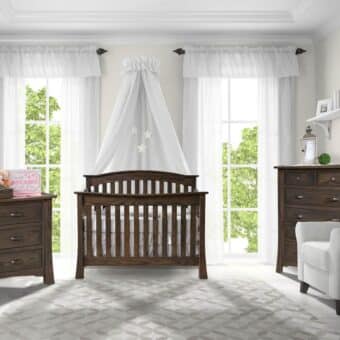
![Carlston Amish Bedroom Set [Sap Cherry with a Mineral finish]](https://eadn-wc01-1253085.nxedge.io/wp-content/uploads/2022/07/Carlston-Mineral-340x340.jpg)
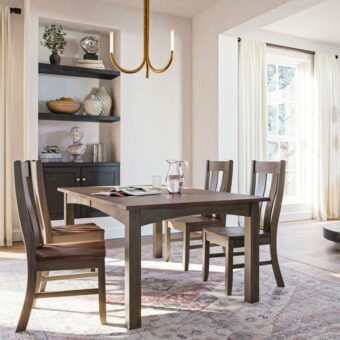
![Malaya Amish Collection [Chair, Sofa, and Coffee Table]](https://eadn-wc01-1253085.nxedge.io/wp-content/uploads/2022/09/Malaya-Setting-IDB-150x150.jpg)
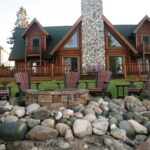
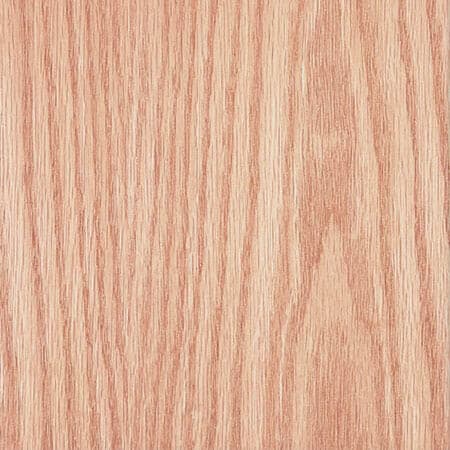
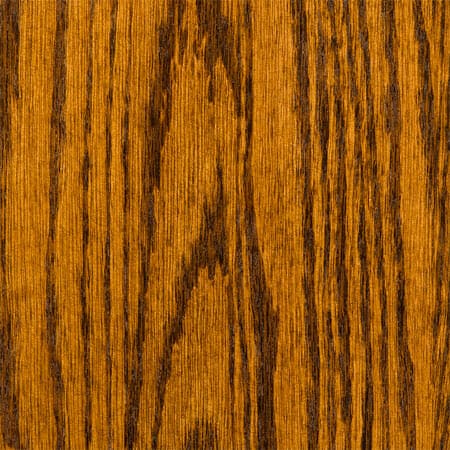
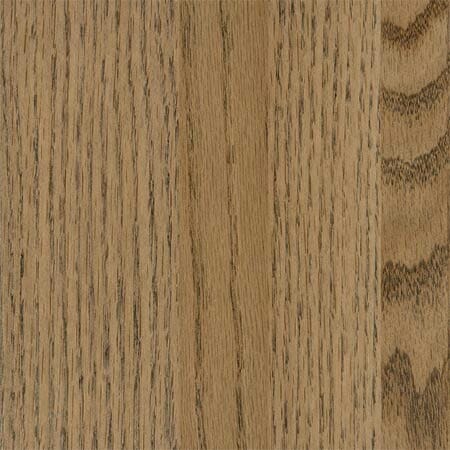
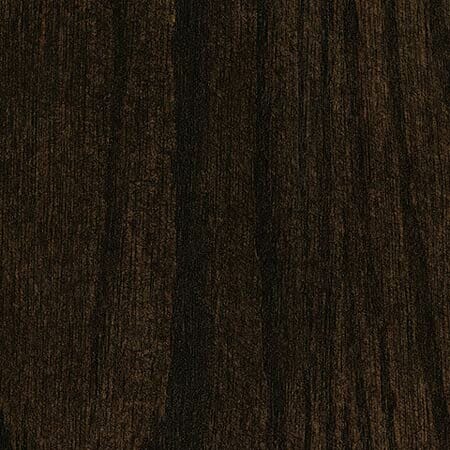
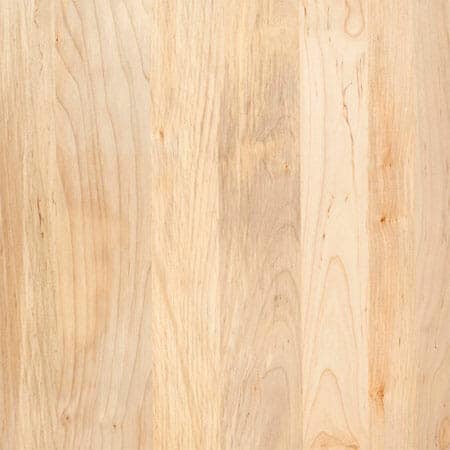
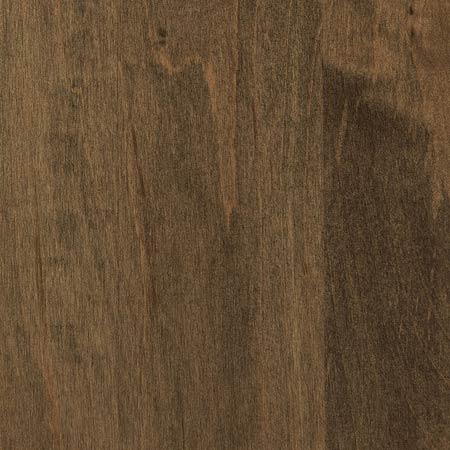
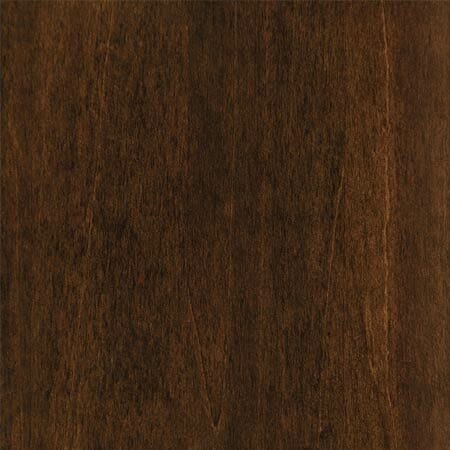

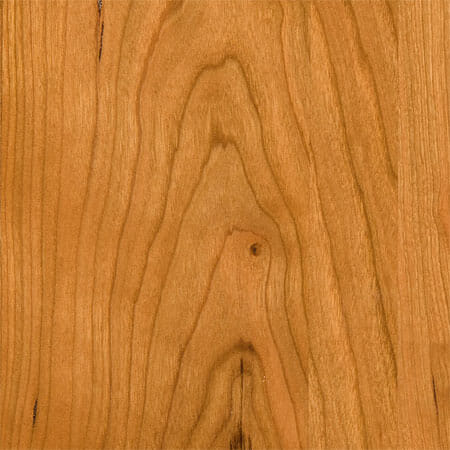
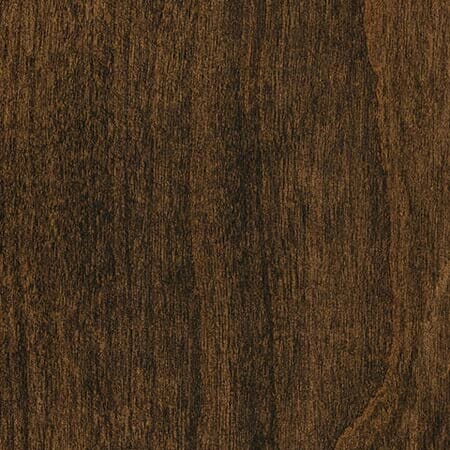
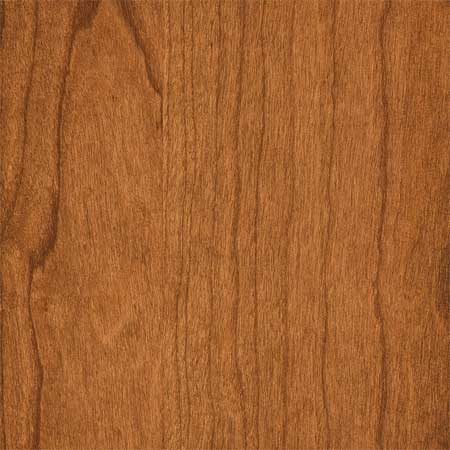
![Burnt Umber stain on Cherry wood [Shop solid American made Amish furniture with Amish Direct Furniture]](https://eadn-wc01-1253085.nxedge.io/wp-content/uploads/2015/11/BurntUmberCherry.jpg)

![Sap Cherry [Natural wood tones]](https://eadn-wc01-1253085.nxedge.io/wp-content/uploads/2022/06/Sap-Cherry.jpg)
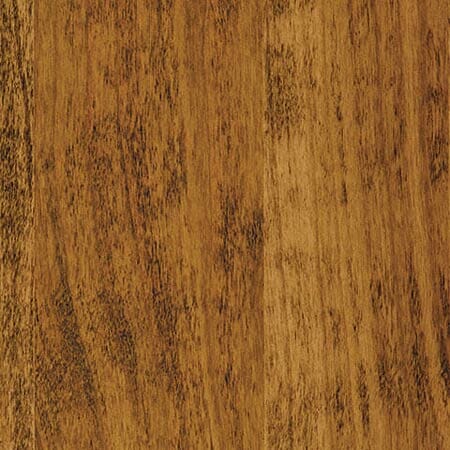
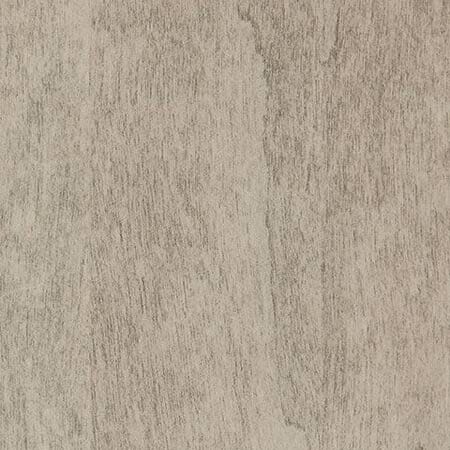
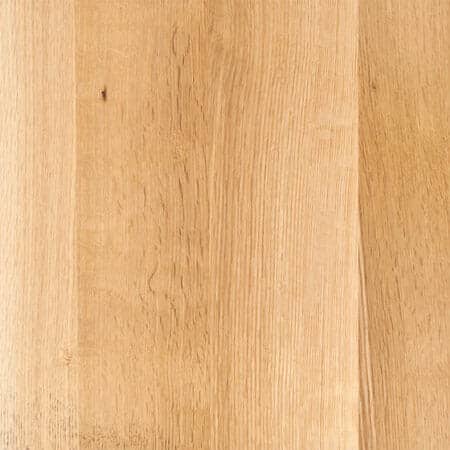
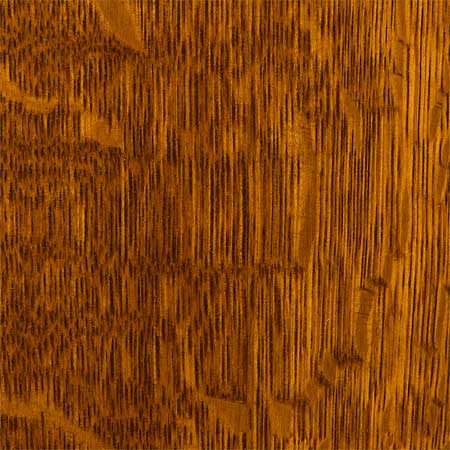
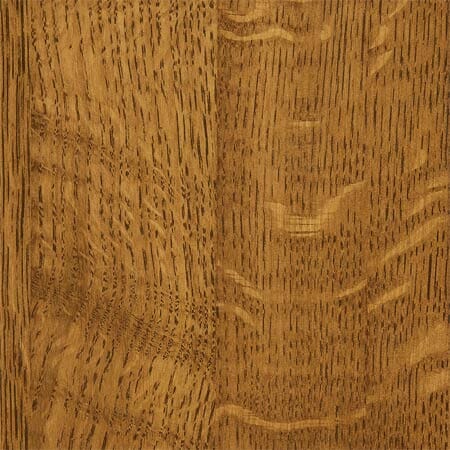
![Briar stain on Quartersawn White Oak Wood [Shop solid American made Amish furniture with Amish Direct Furniture]](https://eadn-wc01-1253085.nxedge.io/wp-content/uploads/2015/11/BriarQSWO.jpg)
![Natural Hard Maple wood [Amish Direct Furniture]](https://eadn-wc01-1253085.nxedge.io/wp-content/uploads/2022/01/Spectrum-Hard-Maple-Natural.jpg)
![Asbury Brown stain on Hard Maple wood [Shop solid American made Amish furniture with Amish Direct Furniture]](https://eadn-wc01-1253085.nxedge.io/wp-content/uploads/2018/07/AsburyHM.jpg)
![Almond stain on Hard Maple wood [Shop solid American made Amish furniture with Amish Direct Furniture]](https://eadn-wc01-1253085.nxedge.io/wp-content/uploads/2016/10/AlmondHM.jpg)

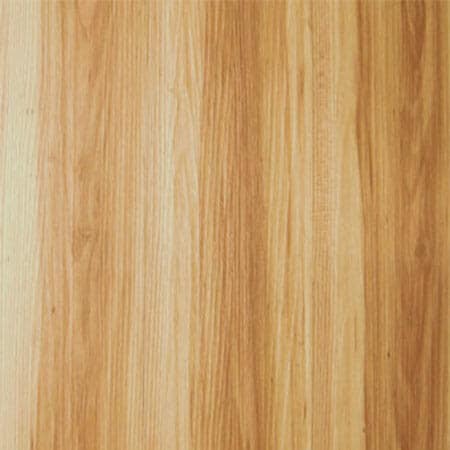

![Earthtone stain on Hickory wood [Shop solid American made Amish furniture with Amish Direct Furniture]](https://eadn-wc01-1253085.nxedge.io/wp-content/uploads/2014/12/ETHK.jpg)
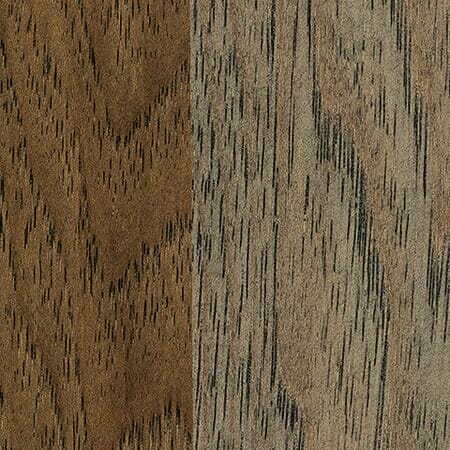
![Natural Walnut wood [Amish Direct Furniture]](https://eadn-wc01-1253085.nxedge.io/wp-content/uploads/2022/12/NaturalBlackWalnut.jpg)


![Almond stain on Walnut wood [Shop solid American made Amish furniture with Amish Direct Furniture]](https://eadn-wc01-1253085.nxedge.io/wp-content/uploads/2014/07/AlmondWN.jpg)
![Natural Wormy Maple Wood [Amish Direct Furniture]](https://eadn-wc01-1253085.nxedge.io/wp-content/uploads/2016/10/ADF-WM.jpg)


![Open Knot in Wood [Amish Direct Furniture]](https://eadn-wc01-1253085.nxedge.io/wp-content/uploads/2022/04/adf-open-knot.jpg)